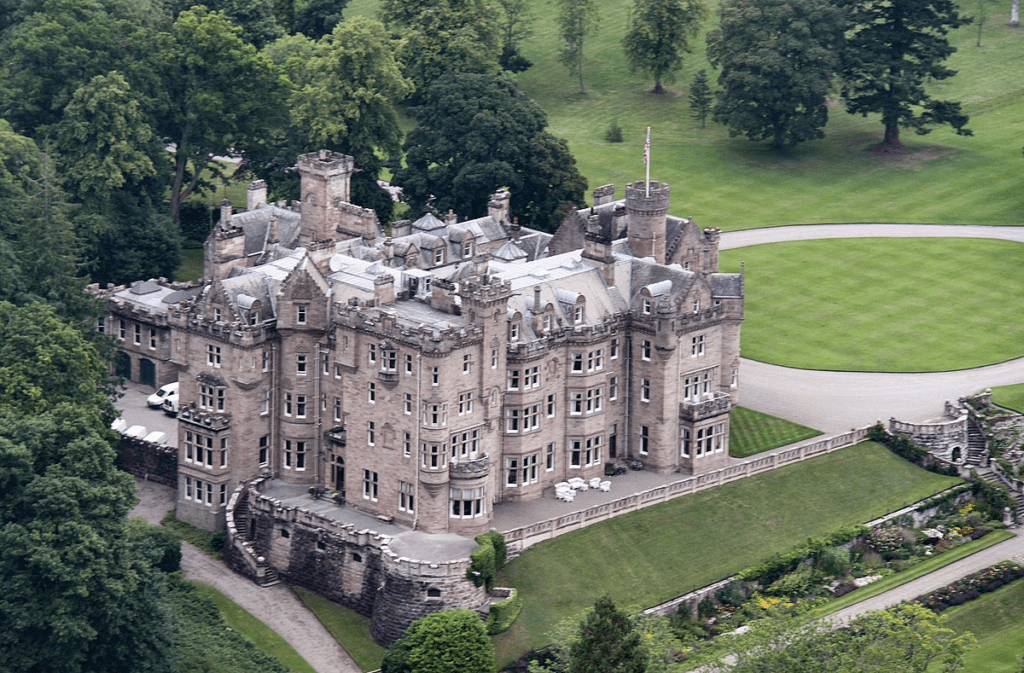Many people are curious about knowing the lifestyle of rich people and see how they are different from us. Andrew Carnegie is one of those wealthy people whose life is a center of interest and motivation for many people. The reason is not his wealth but the fact that “how did Andrew Carnegie spend his money” makes people turn their heads.
Andrew Carnegie, a Scotland-born American industrialist and philanthropist made his name by contributing to various social work projects. Whether it was industrial expansion or funding great libraries, Carnegie has much to his name.

In this article, I will tell you more about Carnegie and the things he spent his money on to benefit science, industry, and mankind.
You Must Check: How to Spend Bill Gates Money?
Peak into Andrew Carnegie Fortune Making
Andrew suffered a lot as a child and at a young age, so his journey of making money has humble origins. After immigrating to America from his home country, Scotland, in 1848, his family faced many problems. These contain financial and settlement hardships; he worked as a telegraph operator for the Pennsylvania Railway.
Andrew’s day turned around when he invested in the Adams Express Company, initially mortgaging the family home to purchase shares. He kept investing in different streams from the profit there, including the Great Lakes, sleeper cars on trains, ironworks, railroads, and oil wells.
In 1892, Andrew laid the foundation of his steel industries from their own, and the journey of his never-ending wealth started. Over the years, his fortune grew, pulling his name to the top of the world’s wealthiest men.
How did Andrew Carnegie spend his Money?
Aside from spending on buying shares and expanding his business, Carnegie is mainly known for his philanthropy work. Let’s have a look at his spending summary in both business and social works:
Vertical Integration:
Carnegie was a practitioner of vertical integration strategy. Through this model, he controlled every aspect of the steel production process. Instead of involving third parties in mining, transporting, and marketing his business, he invested in and developed all these facilities for the company.
From mining to steel preparation and to transport to retailers, all was done under the label of his factory.
Steel Industry Expansion:
Carnegie’s primary source of wealth came from his steel industry. For the initial years of his business, he spent his profits to expand his steel industry all over America.
This expansion included investing in mines, factories, and infrastructure to solidify his position as a leading steel magnate. In the early 1990s, Carnegie Steel Company added 25% of the output of America’s steel Industry.

ALSO READ: 10 Things Millionaires Do Not Spend Money On
Personal Interests
Carnegie also spends a significant amount of money in the fields of his interest. It was a gesture of support for the things he liked:
Art and Culture:
Carnegie’s love of art and culture is not hidden. His personal art collection was worth millions of dollars in those times. Additionally, he founded many museums and cultural institutions. The establishment of the Carnegie Museums of Pittsburgh was a significant addition to the art world.
Real Estate Investment:
Along with expanding his empire, Carnegie bagged many valuable real estate in his name, too. He bought estates in America and in other countries, too. One of his most prominent real estate investments was “Skibo Castle” in Scotland. He purchased it at a million dollars, exemplifying his penchant for grand real estate investments.

Philanthropy Work
As much as he earned, it didn’t make him proud of his wealth. Carnegie was always down to earth and connected to his reality. He never forgot how he suffered during his hard days, so he also fulfilled his responsibility towards humanity.
Educational Institutions:
Carnegie has a massive role in expanding education. He contributed to constructing and expanding many educational institutions nationally and internationally. The establishment of Carnegie Mellon University, initially the Carnegie Technical Schools, was funded with an initial endowment of $1 million. At present, this amount is equal to 25 million dollars.

Libraries:
Carnegie was the biggest patron of spreading the wealth of knowledge among those who were less fortunate. His dedication made him fund over 2,500 public libraries worldwide. According to an estimate, this philanthropy endeavor Carnegie made him spend $56 million along with facilitating educational opportunities for communities globally.
YOU MAY LIKE THIS: Billionaires Who Give Away Money to Individuals

Peace Initiatives:
Promoting peace and stability in the region was supported by Carnegie significantly. He spent over $10 million supporting peace conferences and institutions to prevent armed conflicts and facilitate international diplomacy.
The Gospel of Wealth
After his marriage, Andrew Carnegie wrote a very famous book titled “The Gospel of Wealth, ” which was filled with his views on wealth and how it should be spent. According to his beliefs, people who have means should not choose a life of luxury; instead, they must use their wealth to support other human beings.

He practiced his thoughts and served mankind to a great extent. He was a practical example of a line from his book, “The man who dies thus rich dies disgraced”, so he died with no richness, donating all his wealth.
FAQs
What did Andrew Carnegie do with his wealth quizlet?
After his retirement, Carnegie donated his money to various charity causes; when he died, he was left with $30 million, which he also wrote for charity in his will.
What did Andrew Carnegie do to the economy?
His steel industry alone contributed 25% of American steel output. He was the main component of the American Industrial Revolution. Steel from his industry laid the base of the transportation system in the Nation.
How old was Carnegie when he died?
Carnegie died at the age of 83 years in 1919, but his name is still alive through his countless works. Many people still benefit from his services, which keeps his name alive.
Conclusion
Learning “how did Andrew Carnegie spend his money” makes us realize that as much as he was fortunate to build a fortune, he was fortunate to serve mankind as well. His life is an example for all of us that we must spend our resources for a good cause. If someone is getting benefits through us, then only we serve our purpose of being a human.




